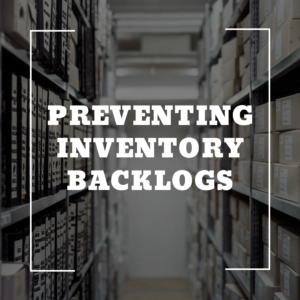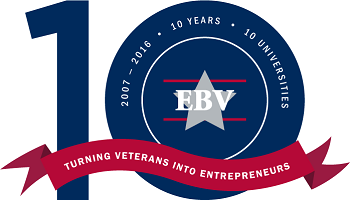Steps to Create a Workable Online Store
By James Pruitt, Senior Staff Writer
Unused talent broils at the edges of the economy these days. With the labor participation rate at an all-time low, who might we find excluded from the labor market now? Examples may include all manner of artists, craftspeople, and even talented scavengers. Any number of people who can’t reach the right people in their marketing efforts.
Online marketing presents a solution. However, even the best merchants and craftspeople may feel intimidated in the process of developing an online marketing strategy for what may seem like niche enterprises.
The first step may be an online presence. However, an actual “online checkout site” drastically increases user-friendliness, and certainly builds confidence on the part of any customer. Many online tools can facilitate the creation of an online store. Web creation tools such as WordPress, Etsy, and Godaddy can make all the difference.
The initial process of mastering the basics of web creation can be challenging. For example, remember that your “online store” will look different on tablets, phones, and even different browsers on desktop computers. Selecting and mastering proper themes on web-creation applications can make the difference between a navigable “online store” and one that looks messy and unprofessional.
Also, remember that behind these web-building applications are programming languages such as HTML, CSS, and Javascript. Web building applications allow modification of the underlying code as an option, but these modifications are sometimes not recommended. These applications update their plugins from time to time, which updates the code while, sometimes, overwriting any changes you have made.
As for the design of a checkout website, several considerations can optimize engagement with customers.
First, business owners should keep their checkout sites simple and easy. Simplicity facilitates engagement directly with your product and builds confidence and trust in your capabilities. The internet abounds with “rogues’ galleries” of terrible web pages that could make you go blind. Such websites tend to be gaudy, busy, and overwhelming. Don’t be “that person.”
Second, carefully research the payment process, and ensure the checkout page accommodates each likely option. These options may include fingerprints, QR codes, and paperless checks, as well as any of a variety of credit card options. Increased payment choices make for more satisfied customers, provided the site remains pristine and uncluttered.
Third, progress bars help the checkout process. Especially mobile customers may appreciate this user-friendly feature to ensure the progress of their purchase.
Fourth, the best checkout sites feature popup and autofill features to ensure seamless transactions. “Popup” in this case does not mean “popup ads.” “Popup” means the fields should populate as the transaction progresses.
Fifth, ensure wise messaging procedures. Once a customer proceeds with a transaction, the messaging ensures trust and provides the customer with documentation. A customer should get a receipt in their inbox immediately.
Many talented professionals lose their place in the economy simply because they don’t know how to market their products online. Even professionals who do have a website sometimes haven’t established an “online marketplace”. Creating such a website may present a challenge but can easily change the game.
Never underestimate the investment with the time and energy to learn to use website-building applications. Such a project can cement your status as a professional and help launch your aspirations.
VAMBOA, the Veterans and Military Business Owners Association hopes that this article has not only been valuable but provided some unique perspective. We work hard to bring you important, positive, helpful, and timely information and are the “go to” online venue for Veteran and Military Business Owners. VAMBOA is a non-profit trade association. We do not charge members any dues or fees and members can also use our seal on their collateral and website. If you are not yet a member, you can register here:
https://vamboa.org/member-registration/
We also invite you to check us out on social media too.
Facebook: https://www.facebook.com/vamboa
Twitter: https://twitter.com/VAMBOA
Do not forget that VAMBOA members receive significant discounts on technology needs. Check them out here: https://vamboa.org/dell-technologies/












